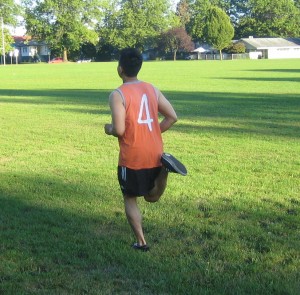The conservative treatment for osteoarthritis involves non-surgical measures that provide brief relief, modification of the course of the disease and an approach which allows the individual to make lifestyle modifications and control the condition.
Early diagnosis is a component of conservative treatment. The earlier the presence of arthritis in a joint is discovered, the better the individual can understand what is going on, what to expect and how to make things better.
How osteoarthritis is controlled?

Remember that 2 joints that show similar cartilage loss on an X-ray might behave differently when it comes to discomfort and limited function. The weakened, rigid joint is more painful and debilitating than one that has preserved strength and motion.
The place to start is cultivating good health including cardiovascular conditioning. It is vital to maintain a healthy body weight especially among those who have arthritis of the knee, hip and low back where excess weight places significant strain on the joint.
Range of motion
Stretching and strengthening exercises helps maintain the range of motion as well as reduce stiffness. Advice should be sought from a sports medicine specialist, orthopedic surgeon or physical therapist. Incorrect exercise can place undue strain on the joint and worsen the condition.
Maintaining the range of motion of arthritic joints is vital particularly if the knee, shoulder or low back is affected. Remember that once motion is lost due to contracture of the surrounding soft tissues, it is hard to regain but early stretching can prevent stiffness and loss of progressive motion is reduced.
Exercise
Exercise must take into consideration 3 specific objectives – strengthening of muscles controlling the arthritic joint, exercises that strengthen adjacent joints and improvement of overall fitness.
It is important to identify a suitable form of exercise that the individual enjoys, stays motivated to continue and fits with his/her schedule. Those who were not regularly exercising might find it hard to start. In most cases, those who have exercised for 2-4 weeks often find the benefits rewarding that they are inspired to continue.
Canes, chairs and shoes
It is recommended to use a cane on the opposite side of the affected joint to reduce the load on the hip. Those who have arthritis of the knee, hip and back can greatly benefit from shoes that have a cushioned heel and sole that reduces the impact while walking. In addition, high chairs can provide comfort for those who have arthritis of the hip, knee or back.
Application of cold and heat
Once a joint is irritated, applying heat and cold can provide relief. In case the discomfort is not linked to a specific activity, the application of moist heat is effective since it is penetrating than dry heat and likely to boost circulation and alleviate the muscle spasms. If sports or exercise related, applying an ice pack right after activity is more effective.
Medications
Various medications are readily available for managing arthritis including anti-inflammatory drugs and NSAIDs. In some cases, the doctor might use a steroid injection as part of the treatment.
